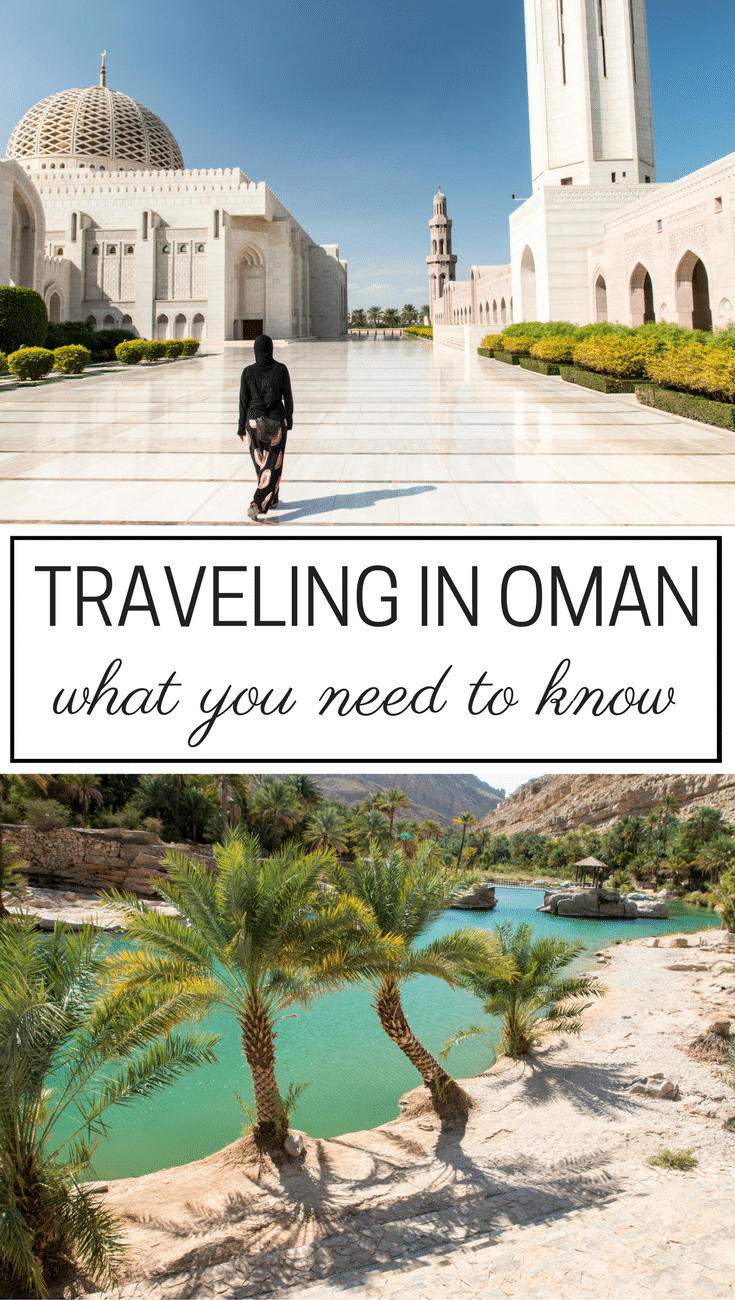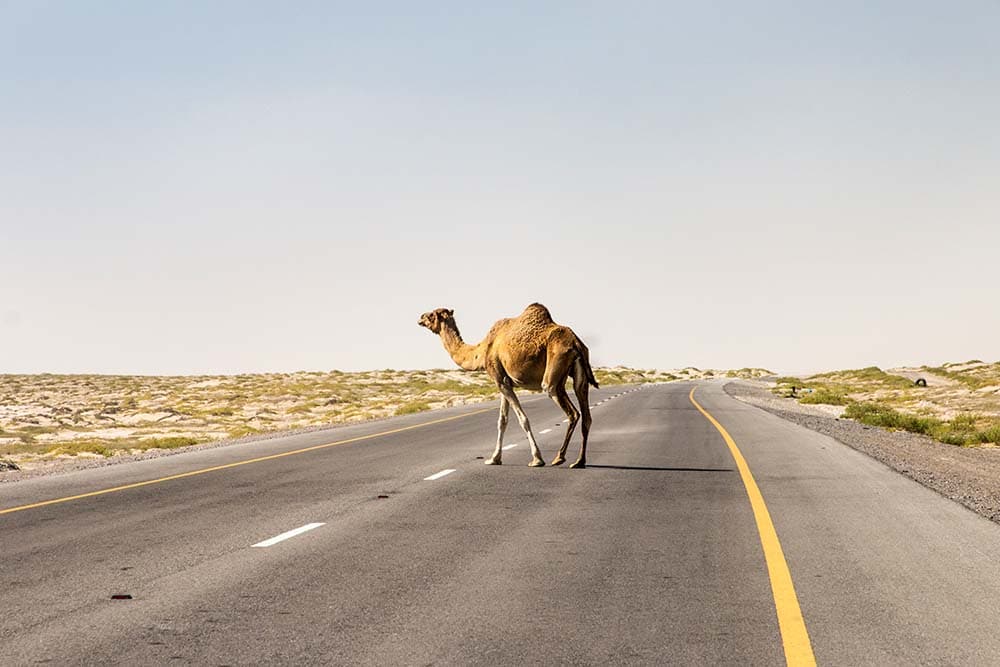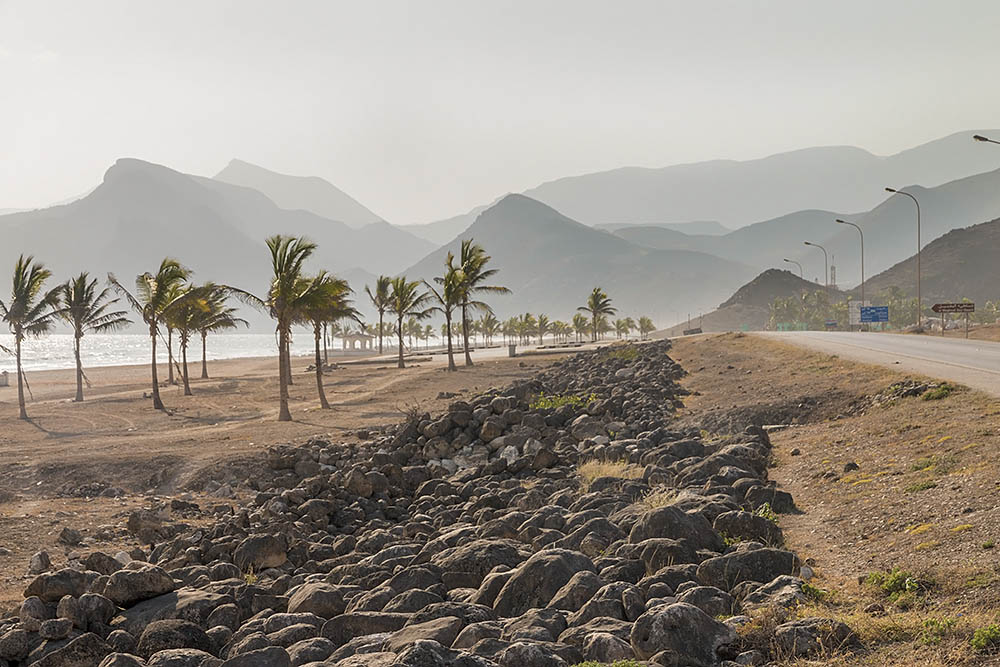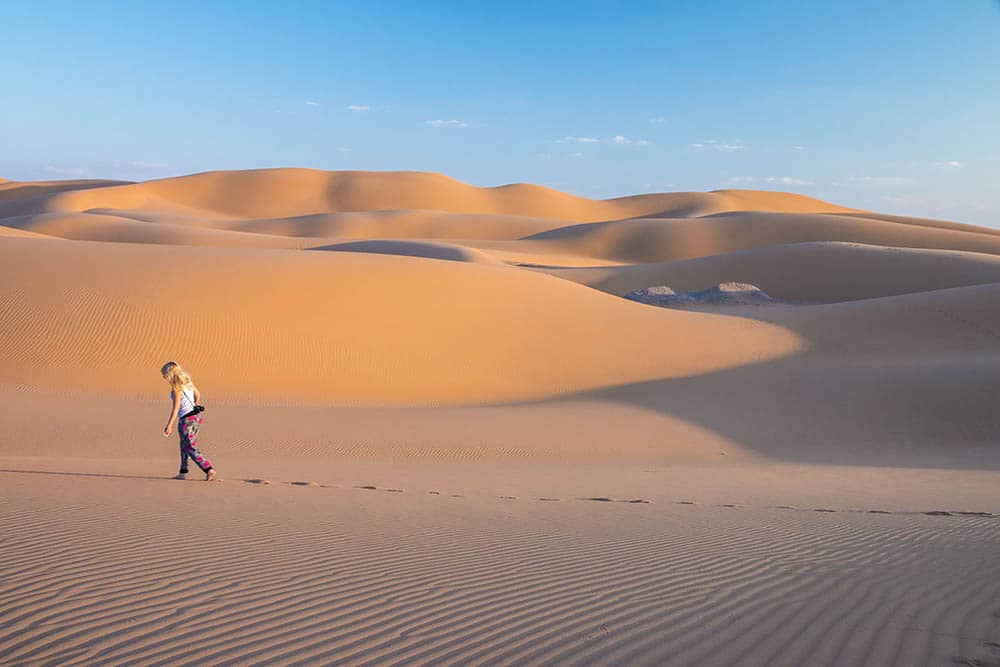Looking for an interesting destination which is exotic, undiscovered by tourists and historically interesting? Then go to Oman, a country filled with the smell of frankincense, wonderful beaches, canyons, and oases. You will be welcomed by smiling Arabs, their oriental culture, and warm weather. Here you will find the basic information you need to know before going go to this country – Oman travelogue.
Visas – How to Get to Oman
Tourist visas can now be obtained from your computer at home. Oman has already introduced an e-Visa program. Just fill out the form on the official website and you can head to Oman. Unfortunately, the official site is not very clear, so there are a lot of intermediaries who have a simpler site. On the other hand, they charge high fees for processing visas.
Vaccination
It isn’t necessary to get vaccinated before travelling to Oman. The exception applies only if you are coming from a country where yellow fever occurs. Then the vaccination is absolutely necessary.
Political Situation
Oman is a sultanate and an absolute monarchy. Qaboos bin Saeed is the current sultan since 23 July 1970. The title of the sultan is hereditary.
Fauna and Flora
Oman has mainly flat dry desert areas, but huge canyons and mountains can be found here as well. Date palms are very frequent, but you can see banana trees in the south, where the humidity is quite high. The rarest tree species is the Frankincense tree (Boswelia Sacra). Frankincense was called “the white gold” and it has been exported worldwide for centuries. Other crops grown here include citruses, mango, and papaya.
Camels can be encountered often in Oman; they are kept in herds and used for meat and milk. Goats are common home animals. Wild animals include leopards, gazelles, wolves or predatory birds (mainly grey falcon); rarely, scorpions and vipers can be encounter. The sea is full of life, too – sharks, dolphins, sea turtles and many varieties of fish.
Check out 10 most interesting facts about Oman.
Climate
Oman has the tropically hot climate for the whole year, with humid coastal areas in the South and warm desert hinterland. The best time to visit Oman is in the period October – April when the temperature drops to a pleasant 25-30 degrees. In summer, the temperatures climb up to the unbearable climate of 40-50 degrees. The southern part is very humid due to incoming monsoons. The sea temperature remains the same throughout the year, i.e. about 25 degrees.
Transport
The road transport is one of the most advanced forms of transport in Oman. The majority of roads are in a perfect condition as a lot of them have been recently built. Public transport isn’t as widespread as in Europe. So having rented car is essential. There are two sites where I recommend finding a car hire – Skyscanner and RentalCars
Cuisine
The dates are a symbol of the Omani cuisine. A classic Omani meal is rice with cooked meat and a variety of spices. Locals also use onions, garlic, and various herbs. The most consumed meat is chicken, sheep, and fish (for religious reasons, don’t eat pork). The traditional thin bread called “rukhal” may be added to any meal.
The Omani are very hospitable and friendly. So it can easily happen that they will want to invite you to a meal. It is important to know that the classic Omani dining takes place on the ground in a sitting position. The food is eaten collectively from several huge plates that are set in the middle. The Arabs don’t often use cutlery and they eat only with their left hand as the right hand is considered unclean. They drink coffee or tea, but never alcohol.
My favourite places
Sights: Nizwa, Jabrin Castle, Muscat, Misfah Old House, Jalan Bani Buhassan fort, SalalahNature: Sinkhole, Wadi Shab, Wadi Ghul, Wadi Bani Khalid, Wahiba Sands
The Inhabitants and Religion
The largest ethnic groups are Arabs. Up to half the population of Oman are immigrants, mainly from India (over half a million), but also Africa and the South Asia. The most of the immigrants are from Bangladesh and Pakistan. English is often used and native languages of immigrants as well.
The vast majority of the Omani (75%) profess to Ibadis Islam. Another large group are the Hindus, but we can find Buddhism and Christianity represented to a small extent as well.
History
The first settlement area of Oman is dated to the Stone Age and most archaeological findings come from this era. In the Middle Ages, Oman was a prosperous state due to its maritime routes, leading to East Africa, China and other parts of Asia. Islam came to Oman via Amr Ibn al-Asa, who was the ambassador of the Prophet Muhammad himself.
In the 16th century, the Portuguese army invaded Oman and occupied a part of its territory, which was under their domination for the next 140 years, including the city of Muscat. Portuguese were eventually defeated by the Ottomans, who held dominion over the country for the next century. In 1741, Oman became fully independent of foreign powers under the rule of the al-Busaidi dynasty, ruling the country since then.
From 1698 until the late 19th century, the Omani conquered Zanzibar, where they founded a sultanate. Zanzibar was very important as it became a center of the slave trade throughout the East African coast. The slave-trade was finally terminated at the insistence of the British in the year 1897.
In the 19th century, Oman was declared a protectorate of the Great Britain and sultans were supported by the British. Qaboos bin Said proclaimed himself a sultan, having overthrown his father after the Dhofar uprising in 1970. The country was very isolated and the population completely illiterate until the coup. The current sultan modernizes the country thanks to the oil and natural gas money.
Liked this post? PIN IT FOR LATER!!






Hey, I wanted to know what were your thoughts regarding internet infrastructure there, I’d love to visit Oman, but I work while I travel.
Thanks
Hi Albert,
We were camping there and were offline nearly the whole time. I didn’t buy a local sim card and I don’t know how it is the coverage. On the other hand, wifi was pretty fast in hotels.